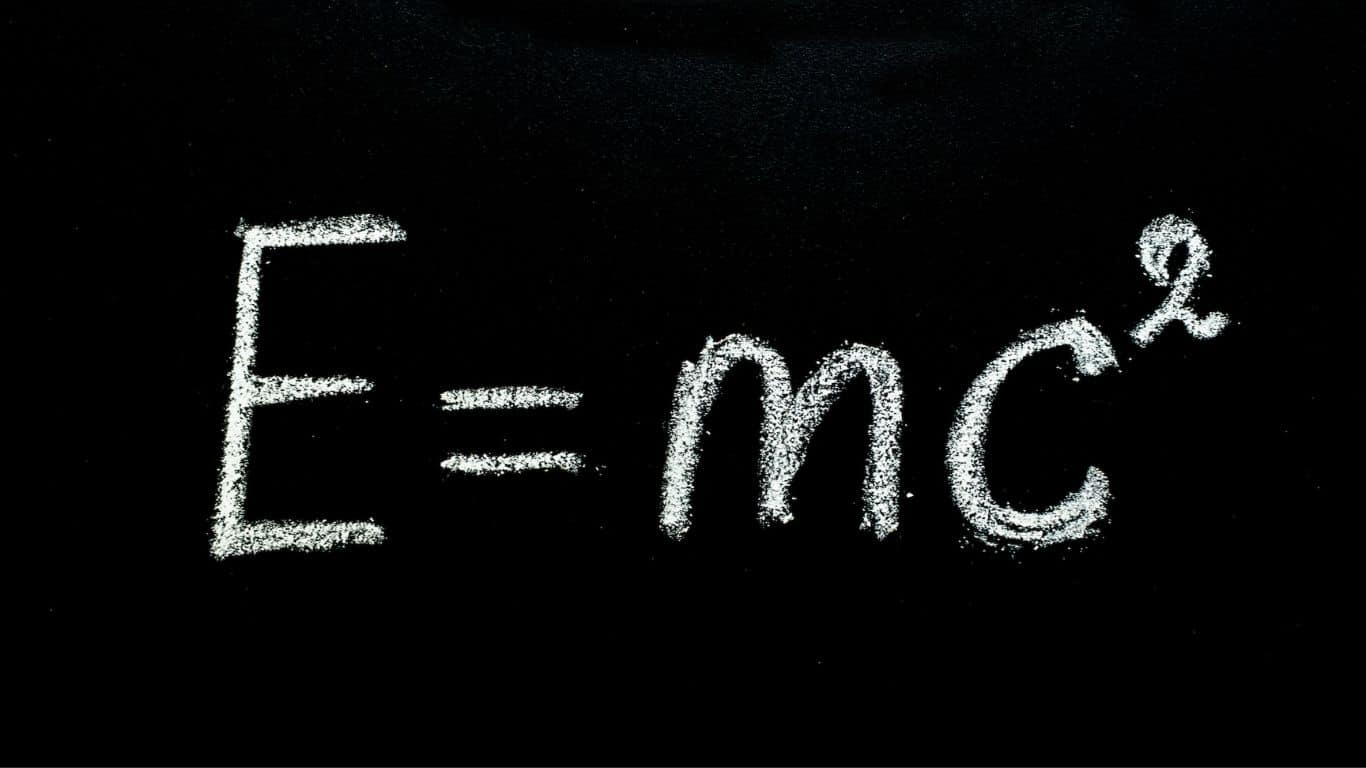Words have wisdom, there have been few texts, equations, quotes, books that have transformed the world. Many equations don’t just equate to mathematical problems and studies. They have greater impact and significance in our daily lives and on our world in general. So, let’s talk about 10 equations that changed the world.
10 Equations That Changed The World
Pythagorean Theorem
This theorem is named after the great Greek mathematician named Pythagoras. The Pythagorean theorem is an important and widely used topic in mathematics, showing the relationship between the sides of a right triangle. The Pythagorean theorem is mainly used to find the length and angle of a particular side of a triangle. Using this theorem, we can derive the formulas for the base, perpendicular, and hypotenuse.
Theory of Relativity
100 years ago, Albert Einstein published his paper “Fundamentals of General Relativity”. Prior to this theory, we didn’t really understand how gravity works. Newton taught us about the “strength” of gravity, but his theory did not tell us how gravity pulls things.

Einstein was deeply confused by this problem. How does the sun keep the earth in orbit? What is gravity? In 1907, at the Swiss patent office, Einstein came up with what he called “the happiest thought of my life.” He imagined a man falling from the roof of his house and realized that the man did not feel his weight as he fell – he felt “zero gravity”.
This phenomenon is called “free fall”, and it is a phenomenon in which an object falls naturally. A person standing is not in free fall, but a person jumping out of a plane is in free fall (until drag builds up). He may have had such moments in an elevator or when a plane take off.
Wave Equation
The wave equation describes the behaviour of waves – a guitar string vibrating, ripples in a pond after a rock is thrown, or light emitted from an incandescent light bulb. The wave equation is an original differential equation, and the techniques developed to solve the equation also open the door to understanding other differential equations. It forms an essential component of electromagnetism, optics, fluid dynamics and efficient heat transfer.
Second Law of Thermodynamics
It is a very important theory; it indicates that entropy (S) is always constant or increasing in closed systems. Roughly speaking, thermodynamic entropy is a measure of how chaotic a system is. A system that starts out well-ordered and uneven (for example, a hot area next to a cold area) always tends to level off, with heat flowing from the hot area to the cold area until the heat is evenly distributed.
Among other things, it helps to understand the direction of heat transfer. This theory can be applied in terms of the entropy change of the system ‘dS’ expressed. In this equation, dS are calculated by measuring the amount of heat entering the closed system (δQ) divided by the common temperature (T) at the point where the heat transfer took place.
Fourier Transform
Fourier Transform is an extremely powerful mathematical tool that allows you to view your signals in a different domain, where many difficult problems become very easy to analyse. At a high level, the Fourier transform will allow us to transform our data into another form where we can easily pick and choose the most important components and remove all noise.
The Fourier transform allows you to answer questions about a sound that are difficult or impossible to answer by other methods. It makes difficult problems easier.

Schrodinger’s Equation
In 1925, the Austrian physicist Erwin Schrödinger came up with an equation that greatly contributed to quantum mechanics. In a word, it describes what electrons do in almost all cases.
This is done by inserting a term that describes the situation – V. If an electron is somewhere nothing happens, V is zero. If it comes close to the atomic nucleus, V will have a different formula. The mathematical side is beyond the scope of this paper, but the results are within the bounds of our interest.
Initially, this showed how complex atomic orbitals are, with their various shapes such as spheres or the shape of dumbbells.
Normal distribution
We are all familiar with bell curve charts these days. They help describe the distribution of data in a given set. It can be used for everything from IQ scores among a population to test scores of a group of students. In a normal distribution, most data points will lie somewhere in the middle, with fewer instances of each pole.
Logarithms
Logarithmic is another type of equation that changed the world. They helped us do tedious calculations before computers existed. A logarithm is a quantity representing the power to which a fixed number (base) must be raised to produce a given number. The use of logarithmic tables has eliminated many tedious steps in calculations in areas such as surveying, navigation, and engineering.

Calculus
Calculus, originally known as decimal calculus or “the calculus of infinity”, is the study of continuous change, in the same way that geometry is the study of form and Algebra is the generalization of arithmetic operations. It was developed by the great Isaac Newton and Sir Gottfried Leibniz. Once invented, it joined algebra and geometry as one of the pillars of mathematics.
Newton’s Law of Gravity
It is one of the most fundamental but important equation of Physics. Newton’s Law of gravitation states that each particle attracts all other particles in the universe with a force proportional to the product of their masses and inversely proportional to the square of the distance between their centres.
Also Read: Mantras For Writing Great Content



